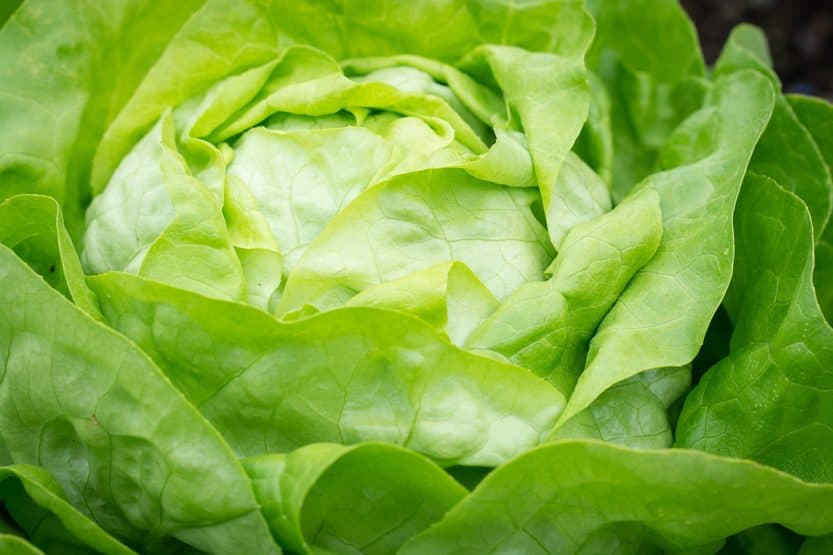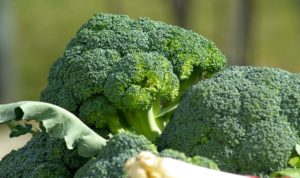Lettuce is an easy crop to grow in the garden for that perfect summer salad. As one of the most popular vegetables, its mild taste and refreshing crunch are universally enjoyed. Lettuce is a good source of vitamin C and vitamin K.
Buy Lettuce Seeds Online
Lettuce Varieties
There are a number of popular lettuce types, such as Iceberg, Romaine, Butterhead and Loose leaf. For the most part, all the different types of lettuce require similar growing conditions. Growing Iceberg lettuce might take a little extra care, in order to get a full, tight head. If you live in a warm or dry climate, consider growing loose leaf lettuce, as it is very heat tolerant.
When Should you Plant Lettuce?
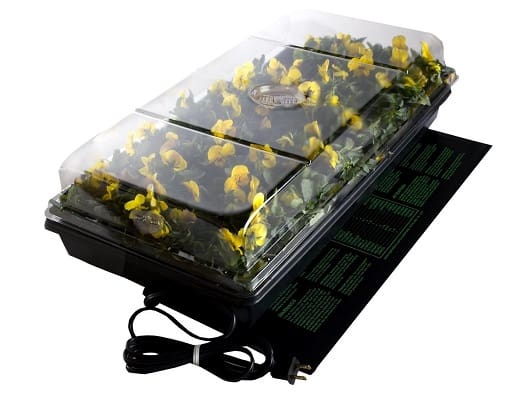
Lettuce can be planted throughout the season, as long as the soil temperature is above 45 degrees Fahrenheit (7.2 C). If you want to get a jump on the growing season, you can start lettuce seeds indoors in a heated seed tray (Buy Online) 4 weeks before the last frost.
Transplanting Lettuce Plants
Lettuce seedlings can be transplanted outside before the last frost, as lettuce seedlings can handle temperatures near 25 degrees Fahrenheit (-3.9 C) for short periods of time. The best way to get a continuous harvest of lettuce throughout the season is to plant new seeds every week, up to 60 days before the first frost.
Planting Lettuce
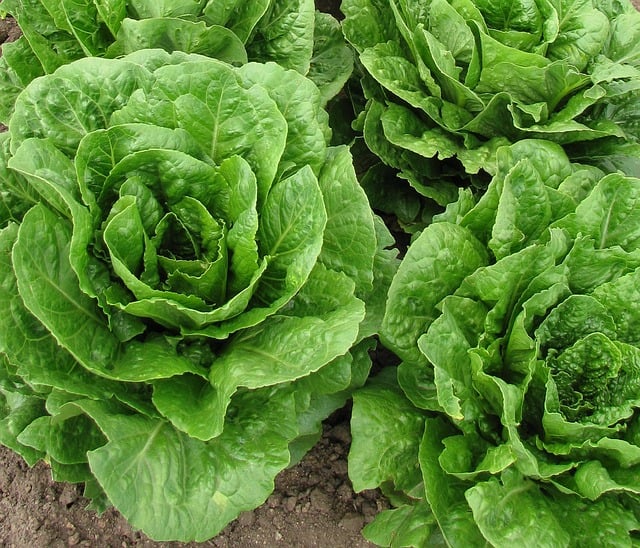
When selecting a location to plant lettuce find one that gets full sun. Make sure the soil in that location is very fertile and drains well. If your soil fertility is low, you can add a well-aged compost to the soil, in order to increase the organic matter in your soil.
Fertilizing Lettuce
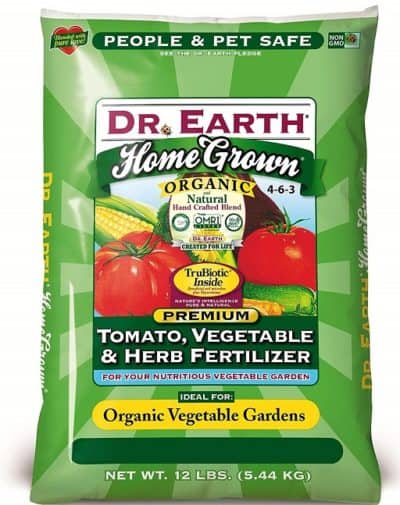
A high-nitrogen fertilizer (Buy Online) is a must because lettuce is a heavy feeder and will fail to produce if the nitrogen levels in your soil are too low. Make sure the pH is between 6.0 and 6.8; and if this is not the case, you can either lime the soil or add sulfur, if your soil is too acidic or too basic, respectively.
Lettuce Plant Spacing
When sowing directly into an intensive or raised bed, you can plant the seeds 9 inches (23 cm) apart, evenly spaced. Generally speaking, lettuce might have sporadic germination rates when sown directly into the garden.
Thinning Lettuce
Plant multiple seeds near each other, so that once they germinate, you can thin out the weaker seedlings. Water the seeds or seedlings deeply after planting, and, then for about a week, continue to water daily, in order to maximize successful germination.
Lettuce Care
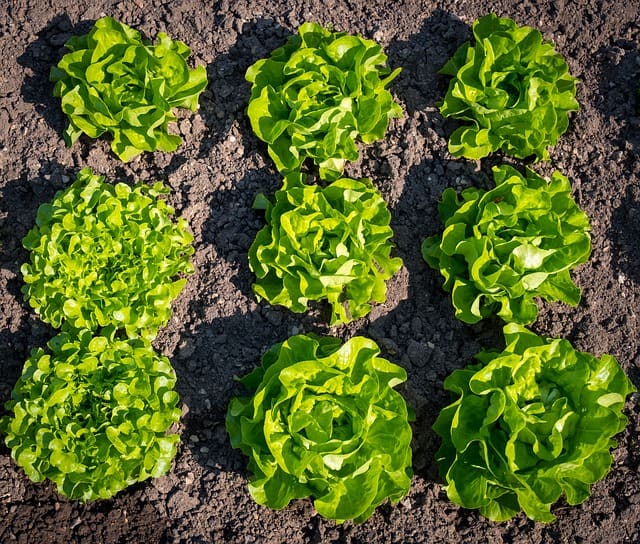
Be sure to keep an eye out for weeds early in the season and promptly remove them from around your plants. Care should be taken when weeding because lettuce has a very shallow root system. If you sow seeds directly into the garden, thin the plants so they are not crowding each other.
Mulching Lettuce
Add a layer of mulch around your lettuce plants, once they have reached a height of 4 inches (10 cm). Mulch will control weeds and help retain the soil moisture, as lettuce plants need to grow a full, dense head.
How Often Should you Fertilize Lettuce?
Lettuce plants should be fertilized every 3 weeks, with a high-nitrogen fertilizer, in order to promote rapid vegetative growth. The plants should never dry out, so if any wilting becomes apparent, then water them immediately
When should I pick my lettuce?
When it gets close to harvest time, check to see if the plants are ready by measuring the heads, as they should be 4 to 7 inches (10 to 17 cm) wide. Another indicator for Iceberg lettuce is that the head is firm and dense.
Prevent Lettuce from Bolting
As the season progresses and the temperatures rise, the plants may begin to go to seed “bolt”. This will makes lettuce taste bitter. You can prevent this by harvesting lettuce before the heat of the summer or by pinching off the growing tip of the plant.
How to Harvest Lettuce from the Garden
When harvesting, cut the head, by using a sharp knife; and try to make a clean cut, right below the head. Lettuce is best eaten fresh, but you can store your fresh cut head of lettuce in the refrigerator up to 10 days.


